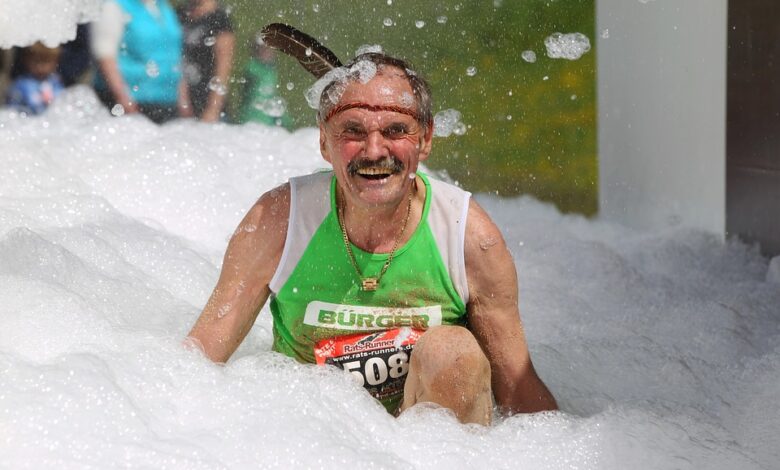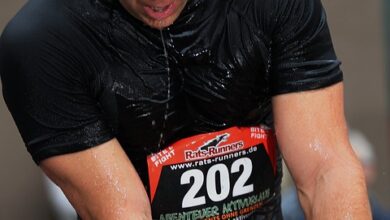Steps Involved in Oil Drilling

Energy is a small word but has a huge impact on the world. And so do its production and consumption. The oil industry runs on a risky premise which requires the investment of millions in locating oil hubs and further in the drilling process. After locating sites of oil layers, the next step is drilling the surface to make an oil well, and getting oil from it so that it reaches world markets.
Preparation for Oil drilling
After geologists complete their part of searching for the oil reservoirs, the next step is to drill the area and get the oil out. Boundaries are set at the oil site, and scientists come into the picture as they examine the area and carry out environmental studies. Before drilling the land, there are certain issues that need to be settled.
1. The oil company needs to get the agreement and titles before starting to drill the land.
2. Government policies have to be looked after.
3. Legal jurisdiction should be determined for offshore sites.
Once all the settlements are done, the next steps in the process are as under:
1. Clearance of land and leveling is done.
2. Access roads must be built.
3. Water is needed for the drilling process. Hence a water source must be there nearby.
4. In case no natural water body is available at the site, then a water-well can be drilled.
5. Reserve pits must be dug to dispose the rock cuttings and drilled mud.
6. Protection of environment is a must hence the reserve pits must be lined with plastic.
7. In case the site is ecologically sensitive, then the cuttings shall be disposed off-site through trucks.
Deep bores are dug by inserting steel pipes, and holes are created in the earth after the digging area is prepared by workers. This creates different pressure regions. Then cement castings and pipes are inserted in the holes to separate various pressure regions. Then steel pipes are inserted to deepen the holes. Castings are filled according to the geological conditions of the land. Next, a rotator table is inserted into the hole.
In order to extend the digging, the drill is rotated based on a top drive mechanism. The rocks are cut down into pieces using derrick drills. Mud mixture or drill fuel is poured in via drill string. The fluid comprises of chemicals, mud and abrasives. It clears the pieces of rocks by dissolving them. Compressed air can be an alternative for the drilling fluid.



